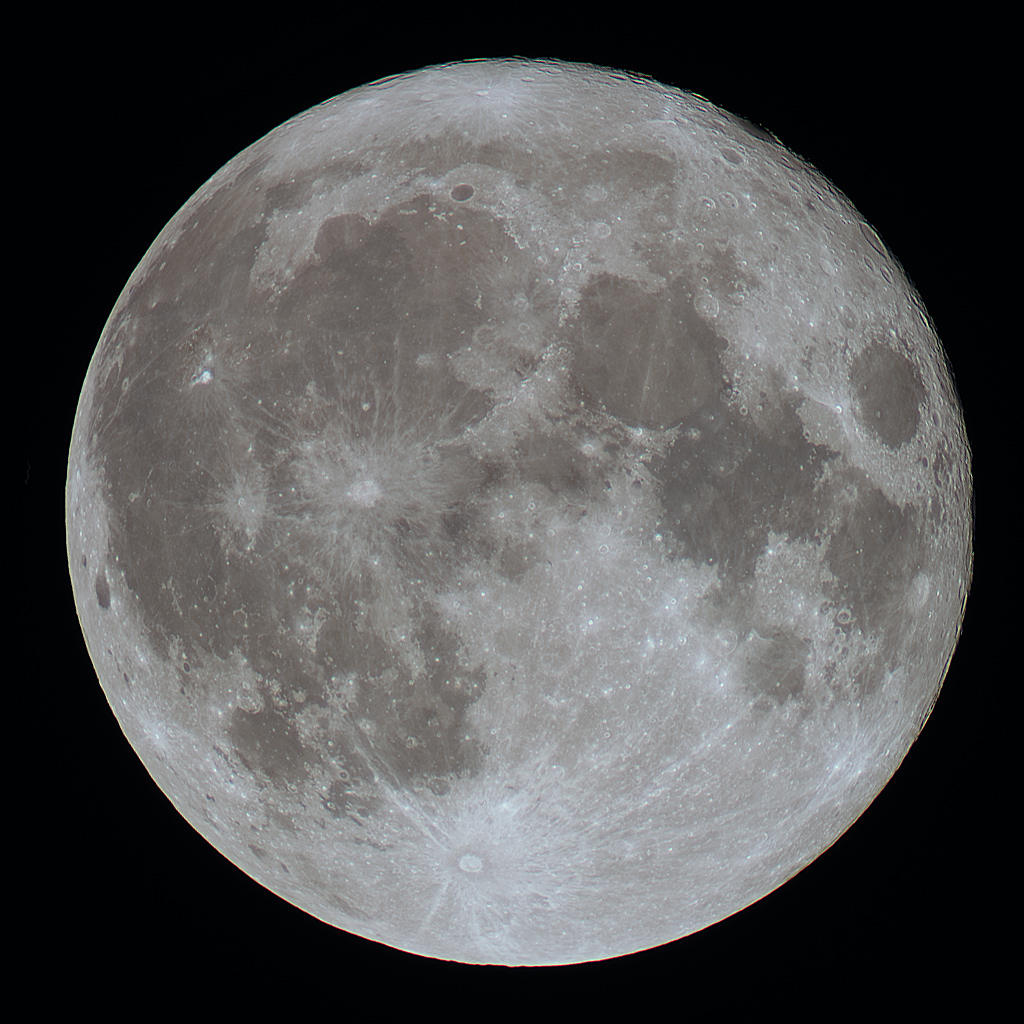
Telescope: Unitron 510 5” f/16, Atlas EQ-G
Camera: Canon EOS Ra
Filter: 2” GSO IR Cut Filter
Exposure: 64×1/250sec, ISO 1600, saved as RAW
Seeing: Fair, 3/5
White Balance: Nebulosity Automatic
Software: Backyard EOS, Autostakkert, Registax, Nebulosity, Photoshop
I stepped outside last night to check on the sky conditions between targets and I found that the smoke and haze were so thick that I decided to call it a night. However, the full moon was so gorgeous I just hand to grab at least one quick set of images. (Photo credit: John Graham, 8/1/2023)
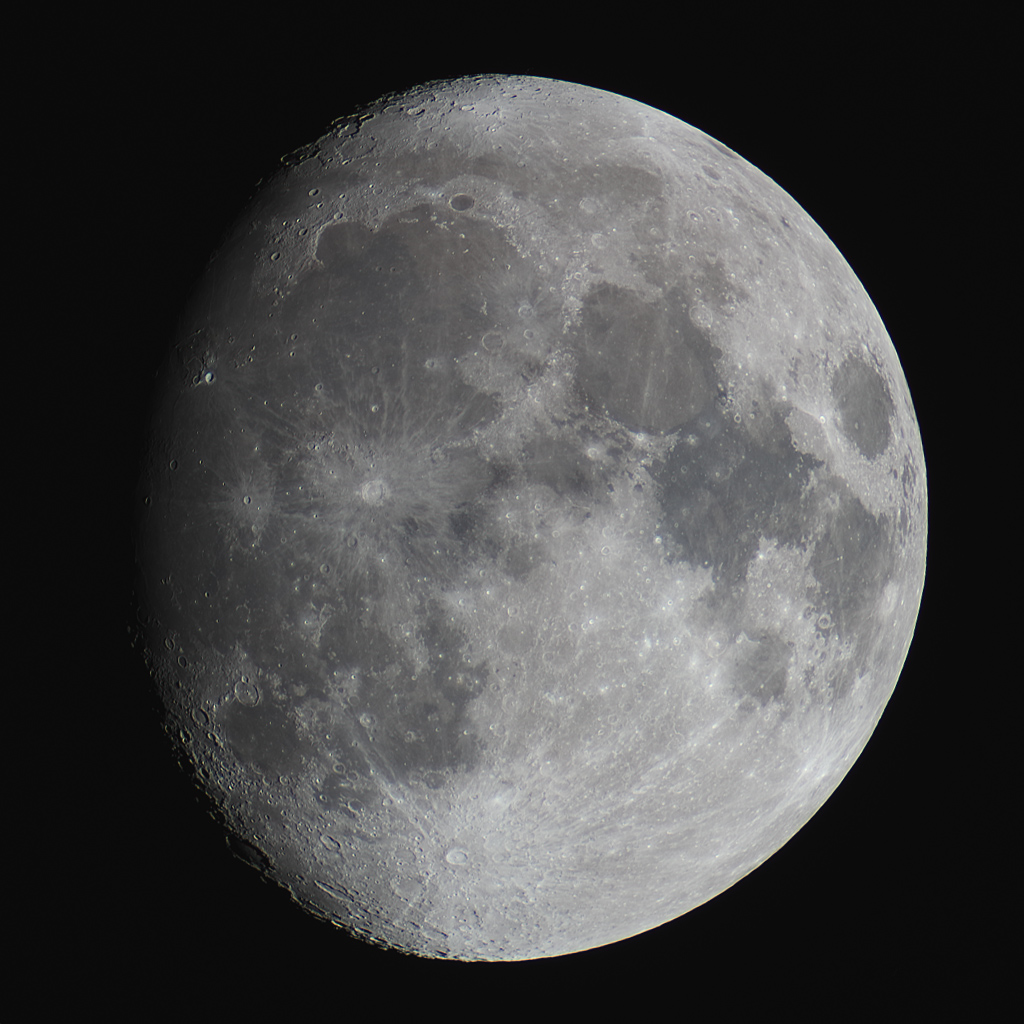
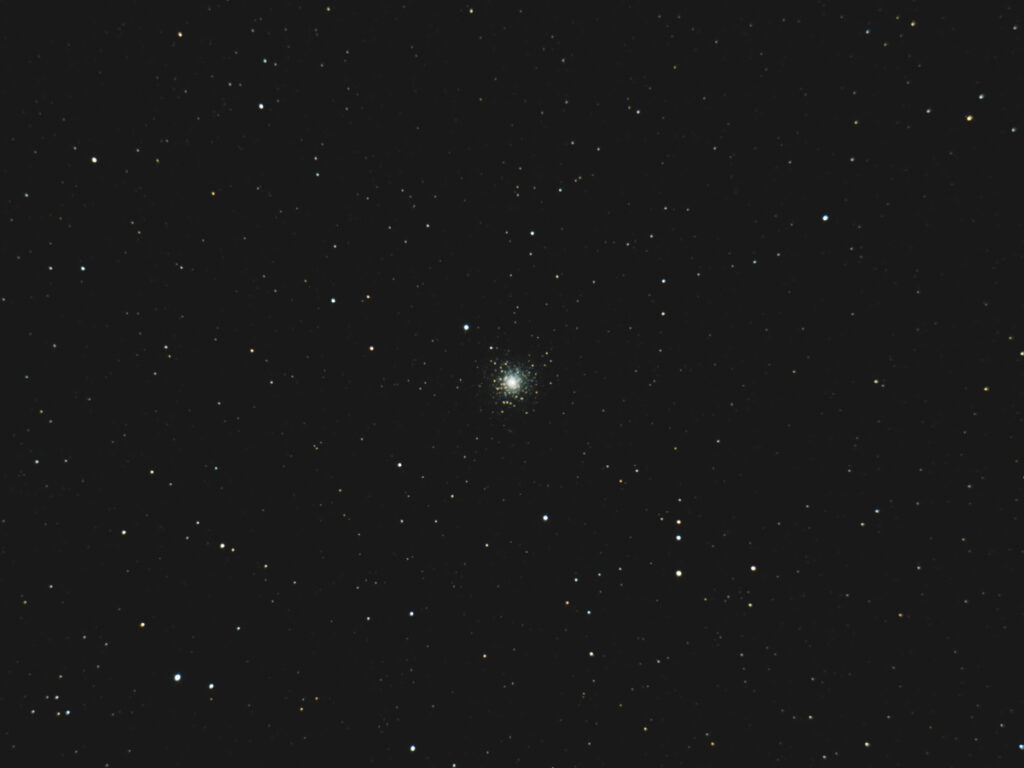
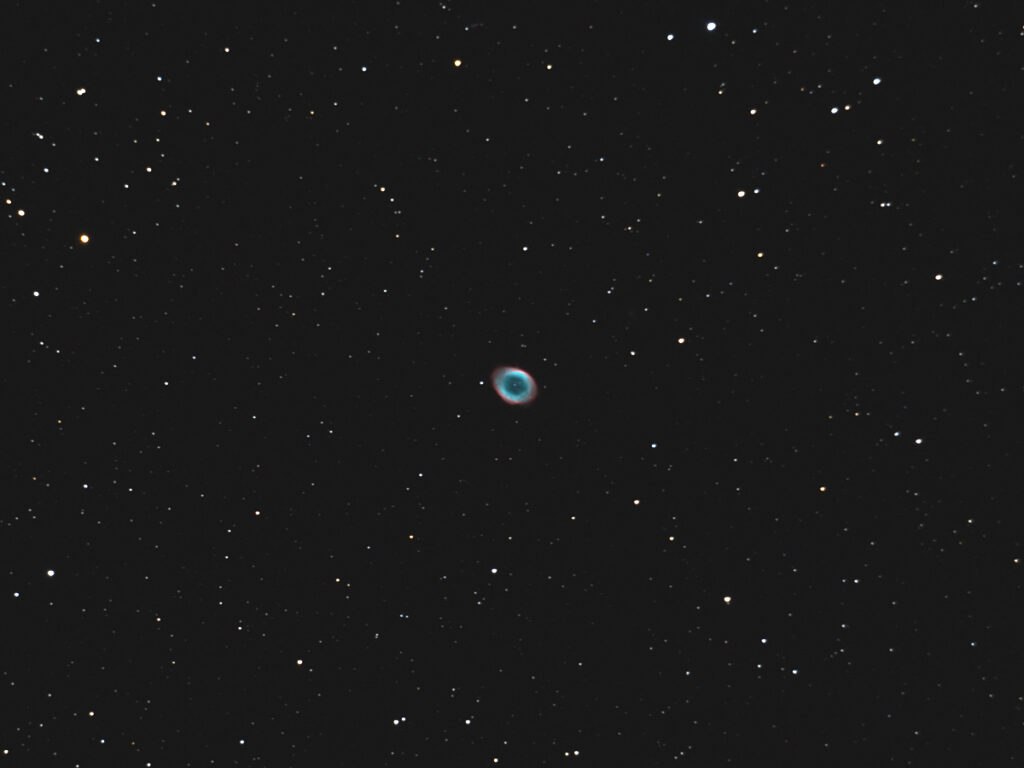
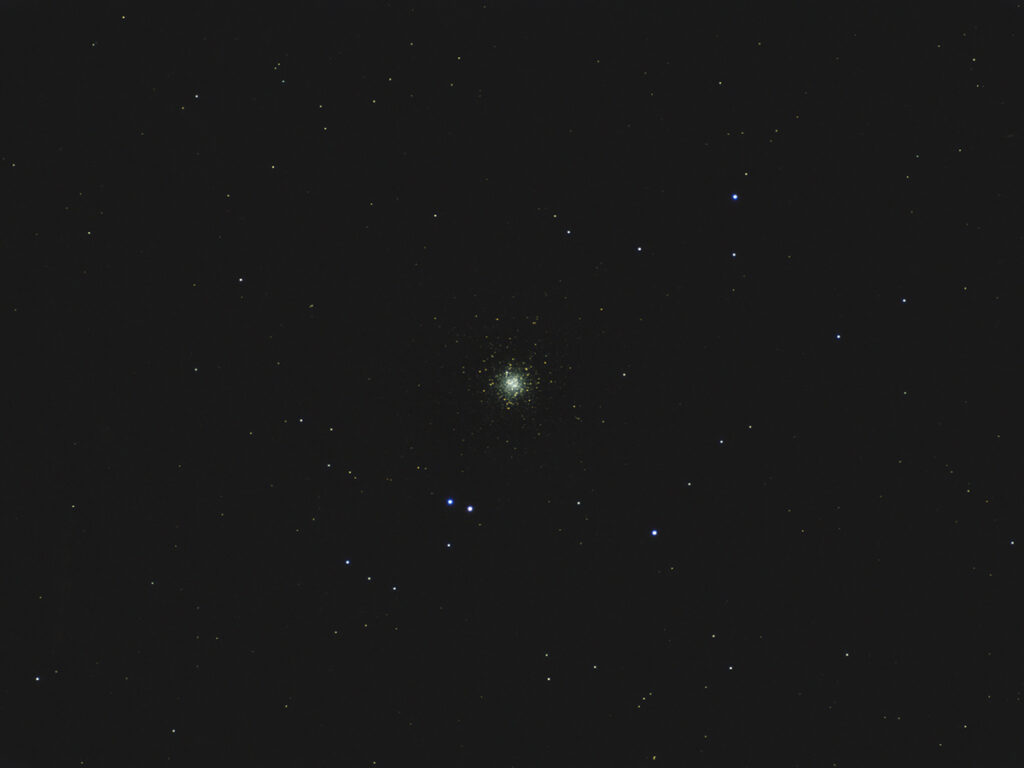
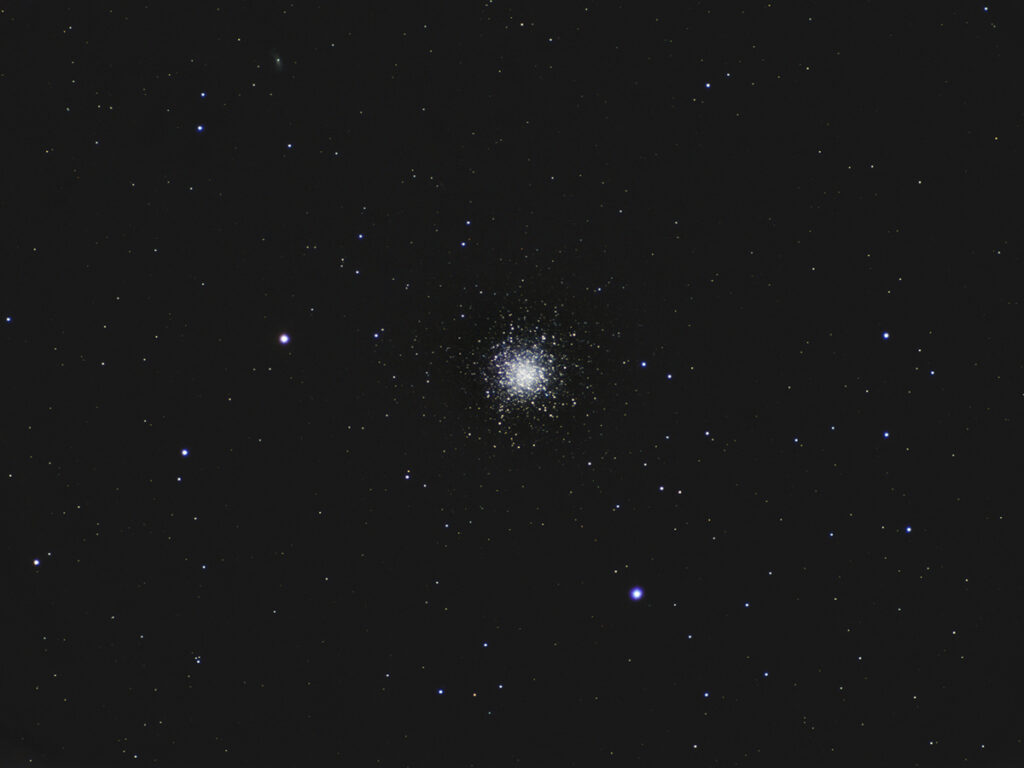
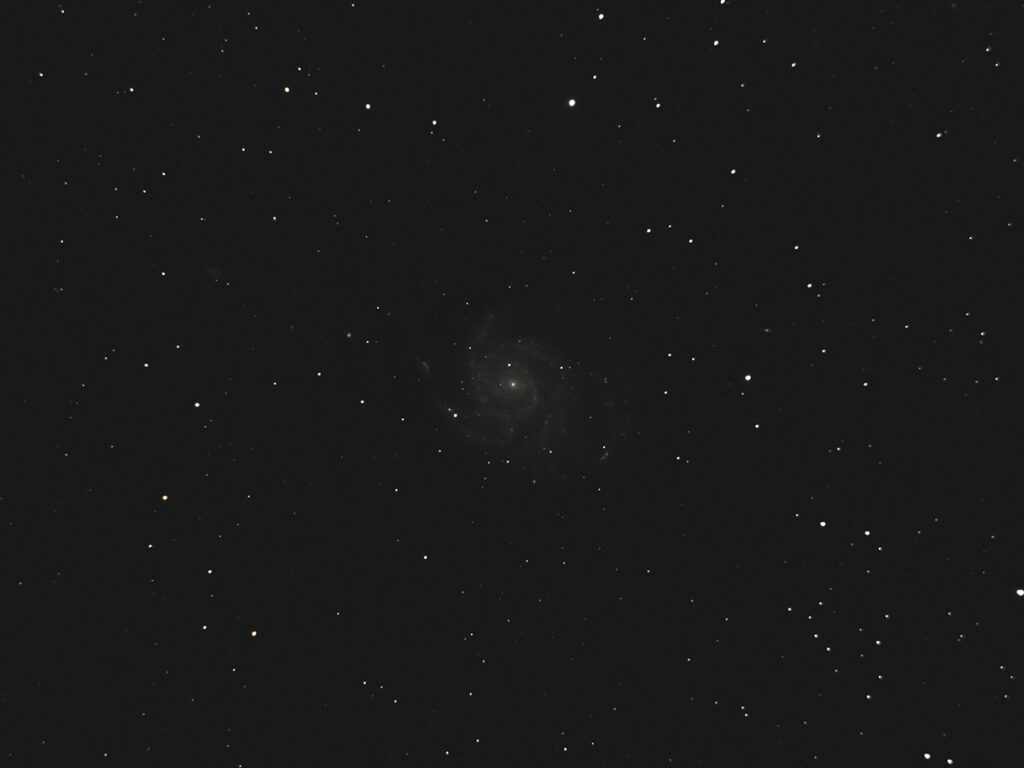
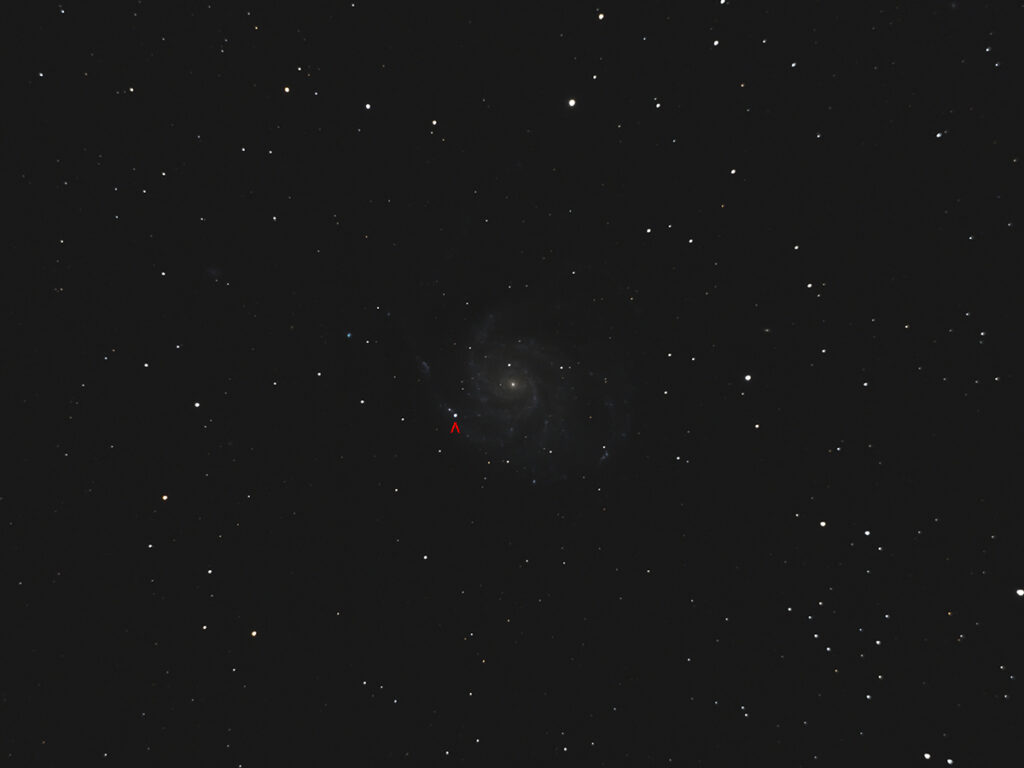

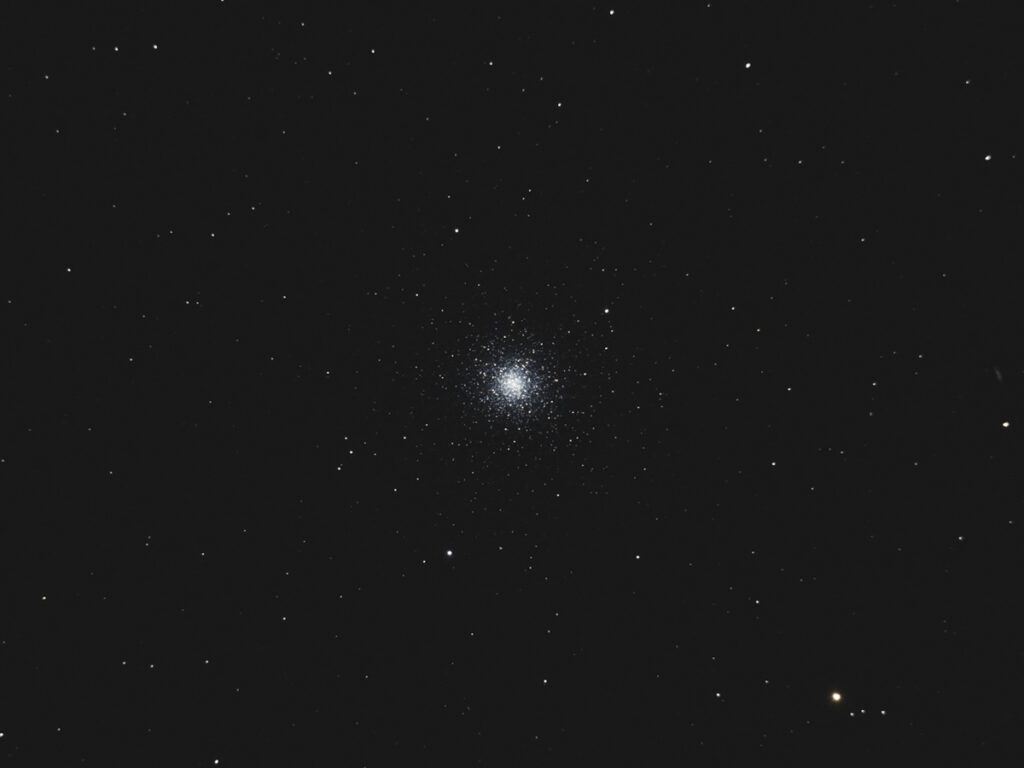

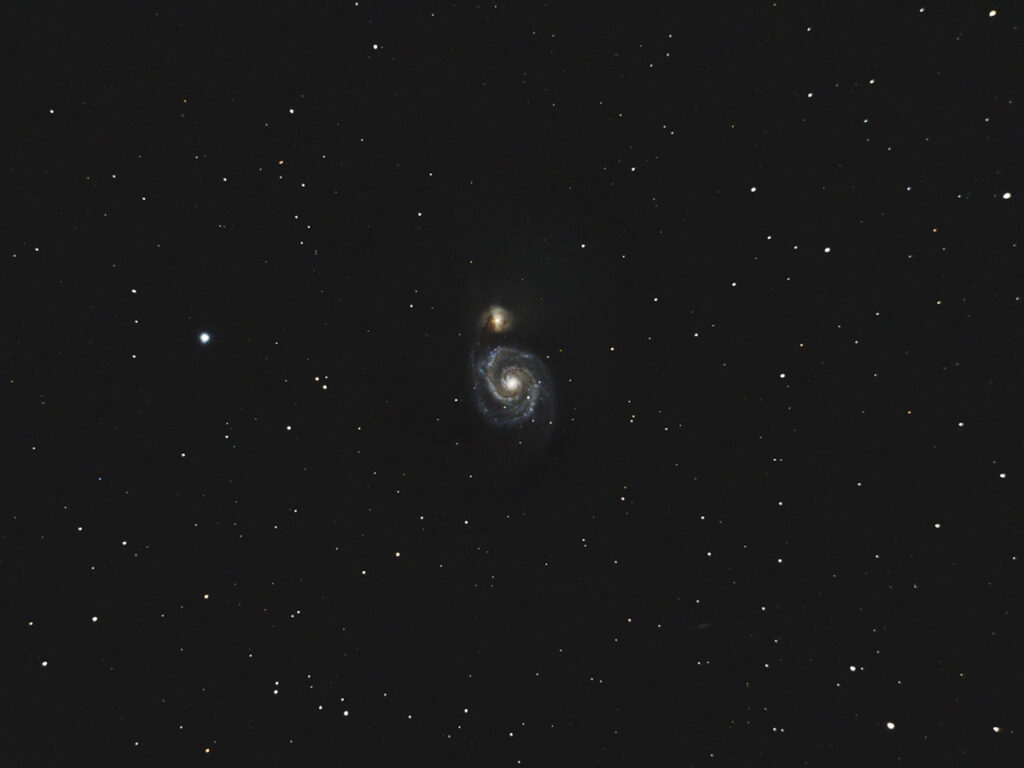
Recent Comments